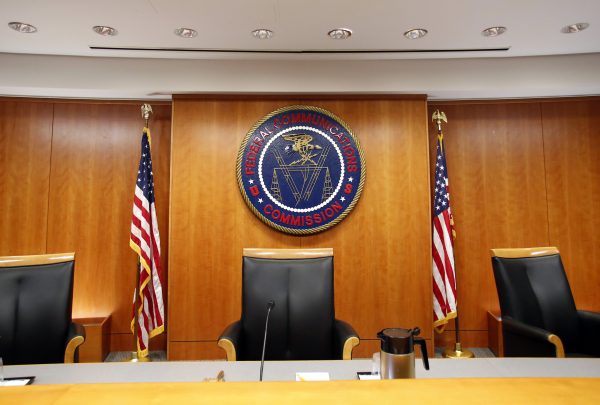Net Neutrality’s Glimmers of Hope and Hidden Timebombs
April 12, 2024
On April 25, the Federal Communications Commission (FCC) will vote to reinstate net neutrality rules and reclassify broadband providers as Title II common carriers. Since the agency signaled its intentions last fall, we’ve published several posts discussing the potential pitfalls this proceeding might pose for consumers and innovation. The recently published, 435-page draft final rule reinforces many of those concerns, though the nuances of the document offer some glimmers of hope and also contain many unanswered questions that could be hidden timebombs going forward.
Right out of the gate, the rule opens with the whopper that “since the Commission’s abdication of authority over broadband in 2017, there has been no federal oversight over this vital service.” This is, of course, patently false. Broadband providers are governed by federal antitrust and consumer protection laws, just like any other industry. Under Chair Lina Khan, the Federal Trade Commission (FTC) has aggressively enforced these laws to bring headline-grabbing actions against some of the country’s largest firms. As I’ve noted before, one irony of reclassification is that in the name of deterring potentially anticompetitive behavior, the FCC will strip the FTC of jurisdiction over broadband, at a time when that agency has been laser-focused on competition issues in the tech space.

The agency also leans heavily on a national security rationale for reclassification. Borrowing from rhetoric surrounding the TikTok debate, the agency notes that it cannot block broadband providers owned by foreign countries (in particular, China), and claims only Title II can solve the problem. As FCC Commissioner Brendan Carr notes, the FCC’s own records show no Chinese-government-affiliated companies that would fall under Title II after reclassification. But if one were to arise in the future, other agencies with national security expertise have ample tools to address this problem—such as the Committee on Foreign Investment in the United States process overseeing concerns about TikTok.
Getting deeper into the weeds, there is reason for some optimism about innovative use cases such as network slicing. As discussed elsewhere, network slicing allows wireless providers to dedicate portions of capacity to prioritize specific use cases, similar to telephone-era private line service. To its credit, the FCC resisted many interest group demands to prohibit or sharply curtail the practice. Instead, recognizing the nascent technology has potential upside, the agency declined to regulate ex ante, preferring to review specific projects on a case-by-case basis to assure providers are not using the technology to skirt the rules.
This does raise the possibility that the agency will drop the hammer after the rulemaking is complete, as it nearly did with zero-rating after the 2015 order. But I suspect this is unlikely because of the way the agency defined broadband. As with previous orders, this rule focuses exclusively on consumer internet access, reiterating that enterprise services are excluded. Given that the early use cases for network slicing are likely to be mostly in the enterprise space, the rules effectively create a sandbox for industry to explore this new tool without regulatory pressure. If the efficiencies of network slicing can be proven for businesses, it becomes more difficult for the FCC to deny consumers those benefits as well.
But it’s worth noting that in the telephone context, private line service was legal if the phone company offered the same service to anyone who wanted it. By comparison, the FCC seems to want to distinguish among potential buyers. It seemingly endorses network slicing for remote surgery “given its stringent requirements for reliability and lack of latency” that cannot be guaranteed over the Open Internet. But it criticizes network slicing for video providers—even though a video provider would only seek a network slicing solution because of the same concerns about reliability, latency, and congestion. It seems the agency is setting itself up to do the very thing net neutrality is supposed to avoid: picking winners and losers among edge providers competing for the same scarce network resources.
By comparison, the FCC’s preemption provisions are mostly disappointing. In the lead up to the final rule, the agency repeatedly stressed the importance of unified national rules governing network management. But the final rule seems largely willing to allow California and others to experiment with state-level restrictions in the name of experimentation. This makes regulation a one-way ratchet: the FCC establishes a minimum set of rules, and states may add to, but not subtract from, those rules. Rather than promoting experimentation, this preemption provision seems an invitation for states to quash experimentation by banning practices that the FCC does not object to. Hopefully, states will use this power sparingly to allow network providers to continue to adapt as the internet ecosystem evolves.
Sign up for AEI’s Tech Policy Daily newsletter
The latest on technology policy from AEI in your inbox every morning



